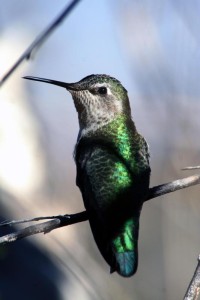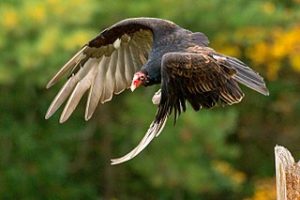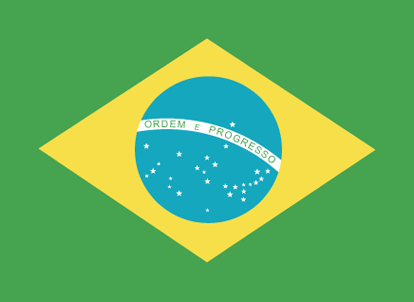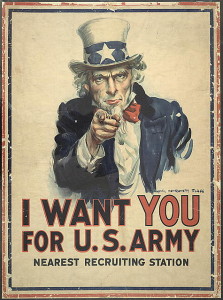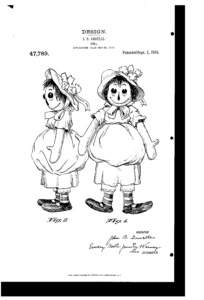Elizabeth I (born Greenwich Palace, 1533; died Richmond, England, March 24, 1603) was queen of England from 1558 until her death. Her parents were Henry VIII and Anne Boleyn. During her reign England became a leading power. Idea: Children could read from the Royal Diaries series, Elizabeth I: Red Rose of the House of Tudor England, by Kathryn Lasky.
Elmer Hader (born Pajaro, California, 1889; died Nyack, New York, September 9, 1973) was a writer and illustrator of children’s books. He and his wife Berta Hader collaborated on more than 100 books. They received the 1948 Caldecott Medal for The Big Snow.
Eric Hill (born Holloway, United Kingdom, 1927; died Templeton, California, June 6, 2014) wrote children’s books. He is most known for his books about Spot, a puppy always getting into trouble. More than 60 million copies of his books have been sold. Children can learn more at: Eric Hill.
Buddy Holly (born Charles Harden Holly in Lubbock, Texas, 1936; died in a plane crash near Mason City, Iowa, February 3, 1959) was a leader of rock ‘n’ roll. One of his most famous songs was “Peggy Sue.”
Jacob Lawrence (born Atlantic City, New Jersey, 1917; died Seattle, Washington, June 9, 2000) was an African American painter and illustrator. He received the Spingarn Medal. Children can visit a website at: Jacob Lawrence.
LeUyen Pham (born Saigon, Vietnam, 1973) writes and illustrates books for children. Her illustrations of Bear Came Along, written by Richard T. Morris, earned her a 2020 Caldecott Honor Award.
Anna Mary Robertson “Grandma” Moses (born Greenwich, New York, 1860; died Hoosick Falls, New York, December 13, 1961) was a contemporary primitive artist. She began painting when she was 78 years old. Children could view some of her work at: Grandma Moses.
